Azur | 1/32 Dewoitine D.520C.1
Reviewed by Gino Dykstra
Now here's something I never expected to see in my lifetime -- a 1/32nd scale injection-molded model of a French WW2 fighter. And the D520C to boot!

First developed in 1938, the Bf 109 never enjoyed the speed of its most common combat adversary, the German Bf 109. Nonetheless, it was far more maneuverable and had better diving characteristics, making it a worthy opponent in the skies over France during the dark hours of 1940. Only one air group of this type was ready for combat at the beginning of the German invasion, but there were 437 operational by the time of the armistice. A further 478 would be built during the occupation.
Azur has taken a real leap of faith in producing a model of this relatively unknown fighter, and they've made a fine effort. The kit features a detailed cockpit, droppable flaps, two different prop spinners, and a small group of resin castings for some of the finer details. The surface is delicately scribed, and the decal sheet offers two aircraft -- one for an aircraft before the armistice serving in France, and another, extraordinarily colorful post-armistice fighter in Syria. If you're not familiar with post-armistice French aircraft, they were marked with bold yellow and red stripes on the nose and rudder along with the usual tri-color tail, making them some of the most extravagantly decorated aircraft of the war.
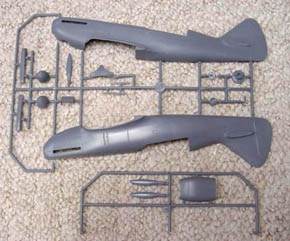
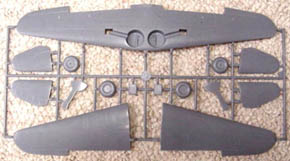
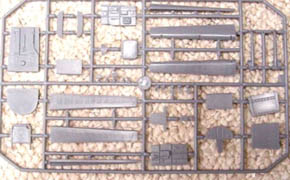
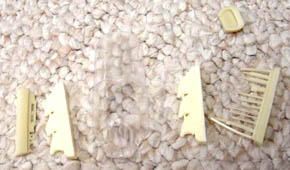
One of the nice touches on the decal sheet is that they've included full-rudder decals as well as separate decals with the lettering from the rudders in case you prefer to paint the red, white and blue stripes yourself.
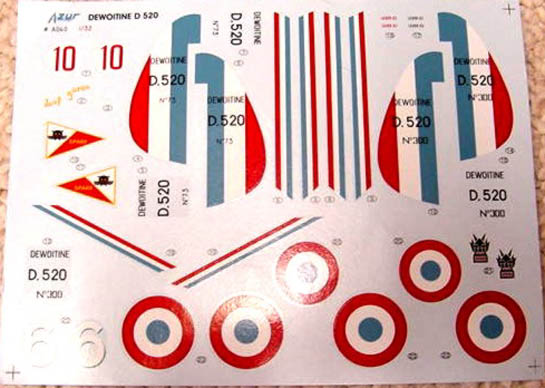
On inspection of the kit, there are only a couple of things I would have preferred to be otherwise. First and foremost, they've molded the canopy in a closed position inclusive with part of the rear fuselage, which houses the side windows. Personally, I prefer an open cockpit. However, this shouldn't be too difficult a task for any average modeler to correct with a little press-fit vacuforming. Another item of note is that the gun tubes on the lower wing as well as the shell ejection ports are molded solid, which means a small amount of trimming to open these up. The landing gear wells are nicely deep and as said before, the surface detail is delicately presented.
This is a limited release model, so you may want to see about getting one soon. You should be able to find them for about $30 to $35, comparable in price with other kits of this size. I've already ordered another two, so I can do a pre-armistice and post-armistice model as well as either an Italian or Bulgarian model. With this little fighter, there's a lot of choices!
© Gino Dykstra 2003
This review was published on Saturday, July 02 2011; Last modified on Wednesday, May 18 2016
